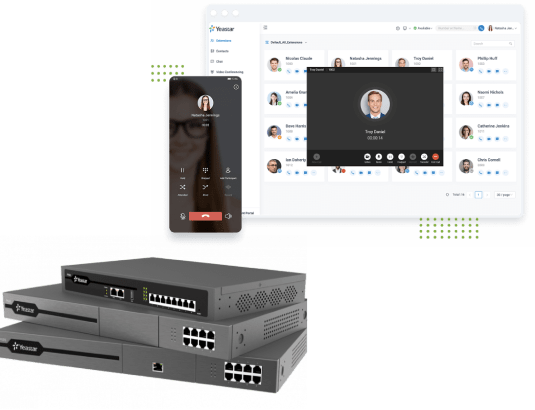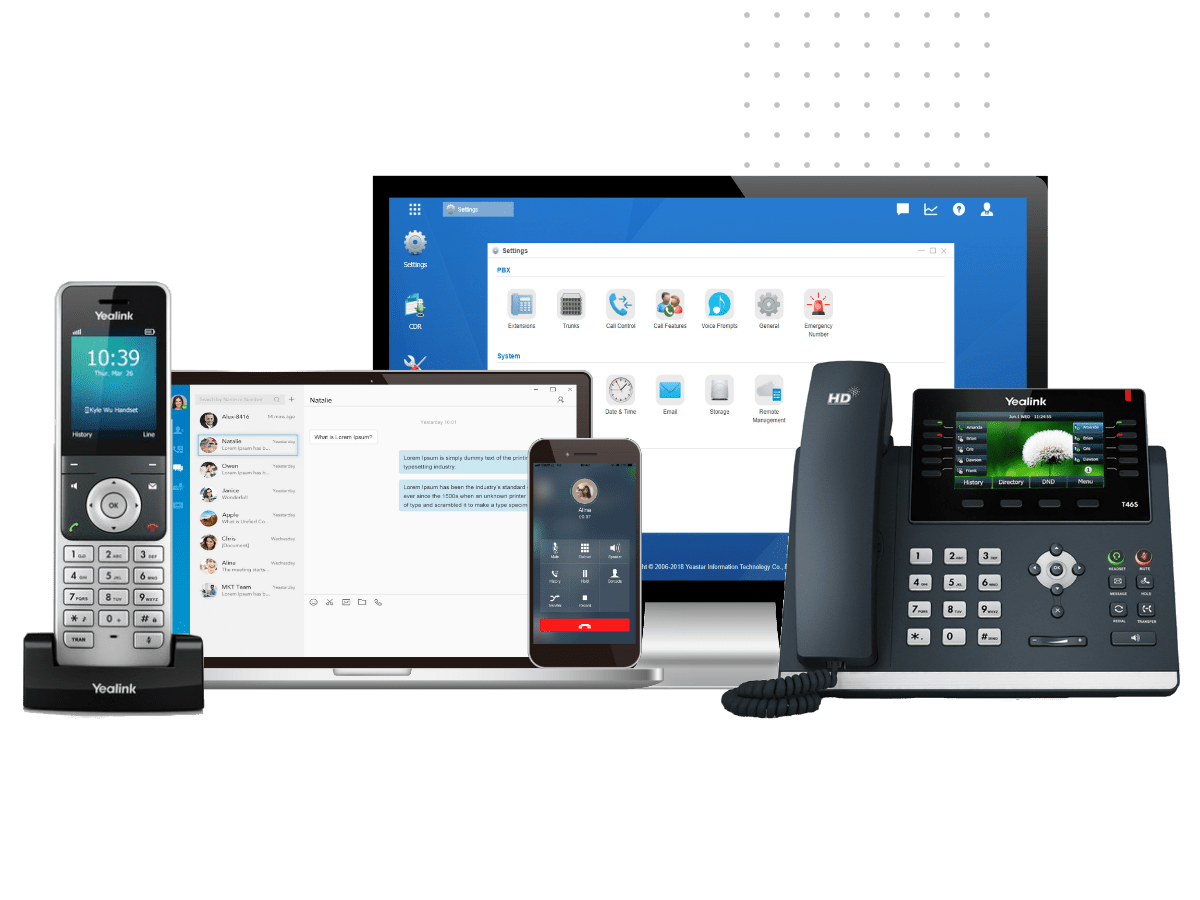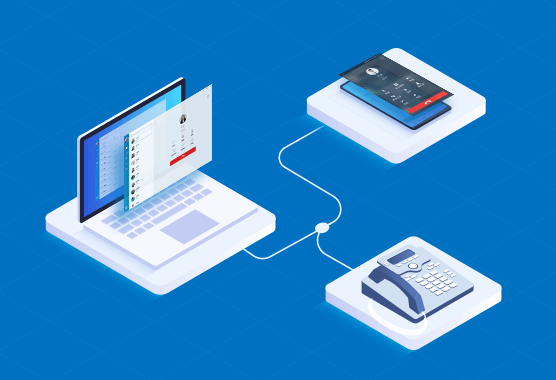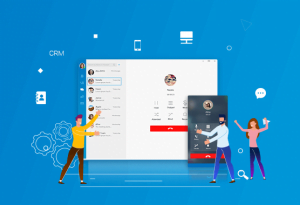

Although the reasons or timing may vary, every business will at some time to need to considering upgrading its current phone system. If you are in this position now, then don’t worry. You’re certainly not alone.
In this blog, we collect all the insightful blogs, considerations, and toolkits to share the system upgrade perspectives and help you make informed decisions easier with “plain-spoken” information.
For some businesses, the need to upgrade a business phone system is straight and driven by a specific event or severe system failures like consistent call drops. Yet for a big percentage of SMBs, the needs could often seem less imperative – the old systems are still maintaining the basic functionality and the action of upgrade could imply new expenditure, overhaul downtime, and some extra efforts of training.
In such cases, justifying a business phone system upgrade can be challenging, but not necessarily. There are more than enough reasons to consider an upgrade, and in most cases, businesses are simply behind the curve and don’t realize them.
Outdated phone systems could hold your business back with little notice. Watch out for 6 critical signs indicating that it might be the time for a major upgrade – even if your old system is still functioning.
Below are two blogs that could help you to self-diagnose and conquer the “growing pains” of a phone system upgrade.
Whether or not an immediate upgrade of the business phone system is right for you, it’s smart to ensure that your voice system decisions can meet your business requirement, will grow as your needs change, and are the most effective in the long-run.
The business phone systems on the market now generally come in 2 types: the traditional analog systems and the newly-developed VoIP phone system. And the VoIP phone system can be further divided into two options according to its deployment method: on-premises VoIP phone system and hosted VoIP PBX (Cloud Phone System).
Each phone system type has its own pros and cons. To help reduce the confusion, in this part we include two informative blogs with clear comparisons, so you can get a basic understanding of your options and gain valuable insights on how to select the best-fit phone system or communications solution for your business.
In this blog, learn how Analog phone systems and VoIP phone systems differ in technology, feature, costs, mobility, reliability with clear statistics, and intuitive comparison infographics.
The debate has been around for years that whether a cloud solution is better than an on-premises one, but despite all the marketing hype, there is actually not a definite winner. There are fundamental differences as well as pros and cons. You need to ask the right questions first, and then determine which makes sense for your business. Check on the 5 questions to ask when considering moving Cloud or On-premises and find your own answers.
Upgrading a phone system is no small feat. And sometimes, your team simply doesn’t realize how an obsolete phone system is holding the business back. To convince the upper management of the essential phone transformation, your job is positioned to present the case tangibly while providing essential proof of overall return on investment (ROI), which might include the potential savings, the problems of the old system, the business-enhancing benefits of the new solution, etc.
Here are some power-packed arguments and tools to help you get started.

This blog provides an essential guide and tool (TCO Calculator) that can be used to develop an in-depth analysis of total cost of ownership and uncover the hidden telecom, operational, or maintenance costs of a business phone system. Find out how your new and old solution will cost in the short and long term, and evaluate the financial merits of different buying models (cloud versus premises-based).

Let your boss see the light! This blog collects the most power-backed arguments and statistics to prompt your upper managers to rethink their continued reliance on legacy phone system, including:
There is no lack of approaches and options when it comes to replacing an existing system, but a reliable source and guidance is sure to save you time and energy. If you are looking to upgrading your phone system, Yeastar is here to help you with expert guidance. Just contact us!





By now, you have probably heard about all the fantastic

Softphones bring a wealth of advantages to business communication, such

Please be informed that our office will be closed from

Please be informed that our office will be closed from
